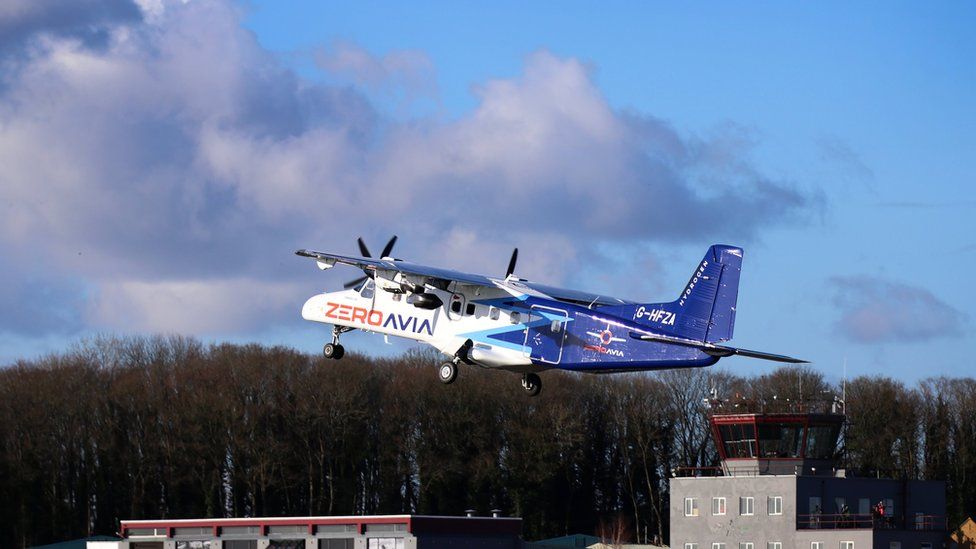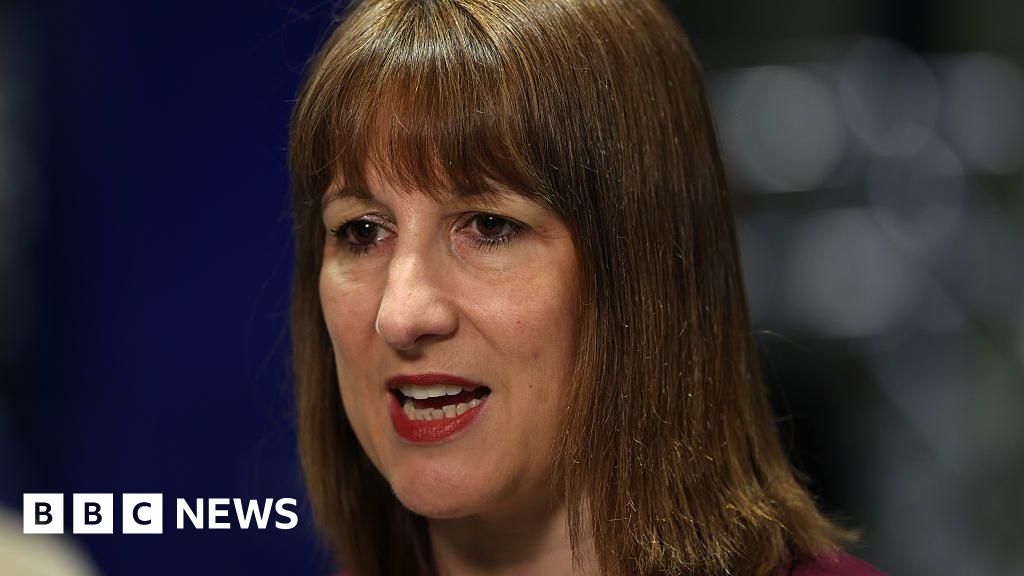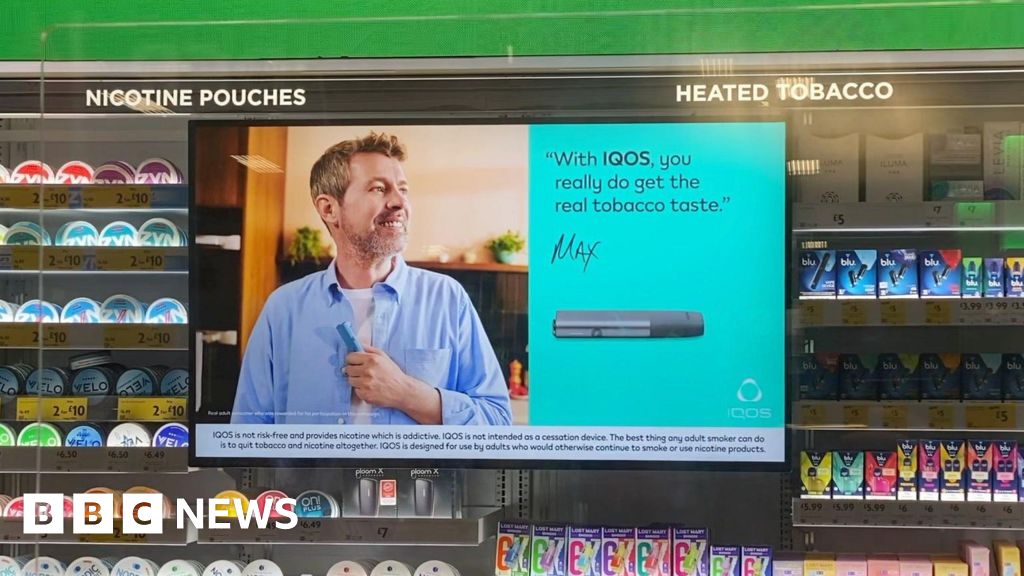ARTICLE AD BOX
 Image source, ZeroAvia Aviation
Image source, ZeroAvia Aviation
The first test flight took off from Cotswold Airport
By Dave Harvey
Business and Environment Correspondent, BBC West
An aviation company plans to run commercial flights using an electric engine that creates no carbon emissions by 2025.
ZeroAvia has flown nine test flights with its hydrogen-electric engine at Cotswold Airport, near Cirencester.
The only emission created by the engine is water.
Sergey Kiselev, Vice-President of ZeroAvia, said the engine would help achieve "the decarbonisation of aviation".
The plane has already flown a number of test flights
Many other aerospace firms are developing engines that run on hydrogen, but most are not expecting to fly commercially until 2035. So how have they done it, and could it be possible to fly without causing climate change much sooner than people had thought?
How does it work?
The Gloucestershire-based company are moving much faster because they are not designing an entirely new aircraft.
ZeroAvia is working on the Dornier 228, a conventional 19-seater plane that has two propellers, usually powered by kerosene.
One of these has been replaced by an electric engine, and the electricity is generated on-board using a hydrogen fuel cell. For the testing period, the other engine remains fuelled by kerosene, in case of failure.
But once the technology is proved, both engines will run on electricity from the hydrogen fuel cell.
Only the new engine needs to pass safety tests, and the company is working with the Civil Aviation Authority to achieve certification.
"It all worked smoothly on the first flight" said test pilot Jon Killerby
Test pilot Jon Killerby flew the aircraft and told me that once airborne, they have managed without the kerosene engine.
"We can throttle right back on the conventional engine," he said, "and fly purely on the hydrogen electric system, it generates enough thrust to fly the aircraft level.
"It really is amazing how well it works."
Is it really 'green'?
Hydrogen fuel cells are not new, and have been widely used in cars and trucks.
They use a chemical process called "reverse hydrolysis" which combines hydrogen with oxygen and creates heat, water vapour and, crucially, electricity.
So the on-board engine creates no greenhouse gases.
But what matters is where you get your hydrogen.
Prof Tim Mays has been studying hydrogen for thirty years
At Bath University, Prof Tim Mays has been studying hydrogen for thirty years. He runs the UK Hydrogen Research Hub which has just been awarded £11m to explore how hydrogen can help combat climate change.
He explained: "At the moment people make it by treating natural gas with steam, which is about as unsustainable as it gets."
But it is also possible to use electrolysis to split water into hydrogen and oxygen, using renewable electricity.
"That makes green hydrogen, which is what the aviation industry needs," said Prof Mays.
"It's a really serious option, because we do need to replace kerosene."
How big, how far?
The Dornier 228 will carry about 12 passengers with the hydrogen engine on board.
It can fly about 250-310 miles (400-500km), according to Chief Commercial Officer Sergey Kiselev.
That would get you from Bristol Airport to Newcastle, or London to Paris.
By 2027, the company plans a larger hydrogen-electric engine which would power bigger aircraft. This could carry around 50 passengers and go nearer to 620 miles (1,000 km).
What are the problems?
"Like all technologies, there are challenges," smiles Prof Mays.
"Making it, transporting it, and storing it."
The aviation industry needs to build an entirely new infrastructure. Hydrogen production centres, a network to get the fuel to airports, storage at airports, the lot. And hydrogen is very different from conventional kerosene.
Hydrogen takes up a lot of space. To carry it all manageably, the gas is compressed to 350 or 700 times atmospheric pressure.
Even then, it takes up more space than kerosene. If you want to transport it as a liquid, you must first chill it to 253 degrees below zero.
So exactly where to make it, how to move it around and store it are all being examined now by airports and aerospace firms.
Prof Mays put it like this: "You can fly using hydrogen as a fuel, but it is not optimised, not super efficient yet, and the infrastructure is not there yet."
Will airlines use hydrogen?
The hangar in the Cotswold Airport is small, and far from the big research labs of Airbus, Rolls Royce and Boeing.
But ZeroAvia already has orders for more than 1,500 of its first engine.
Air Cahana is one, a new Californian airline with "a mission to decarbonise aviation".
The company has orders for 1,500 of its hydrogen-electric engines
Another early customer is closer to home, the environmental entrepreneur Dale Vince, who founded renewable energy firm Ecotricity.
Mr Vince is launching an airline called "Ecojet", which will use the ZeroAvia engines on passenger flights, at first from Edinburgh to Southampton.
He said: "The question of how to create sustainable air travel has plagued the green movement for decades.
"The desire to travel is deeply etched into the human spirit, and flights free of C02 emissions, powered by renewable energy will allow us to explore our incredible world without harming it for the first time."
Image source, Airbus
Image caption,Airbus engineers are working on at least three different concepts of hydrogen-powered planes
Bigger aerospace firms are watching the small start-up with interest. Airbus has a huge research programme called ZeroE, which also uses hydrogen. The company is exploring both hydrogen fuel cells to create electricity to power propellers, and using liquid hydrogen directly for combustion.
But Airbus is aiming to have hydrogen-powered planes in the sky by 2035, a full decade later than the small ZeroAvia engines.
Sergey Kiselev told me that's why they decided not to create a completely new aircraft, but instead just change the engine on an existing plane.
He said: "It helps us eliminate all the complexity with the certification of the aircraft, we can focus only on the engine. So we can get the aircraft up into the air in commercial operations, much faster."
The company has made its pledge. It now has at least two big challenges.
One is to make its engine safe, certified, and ready to use by 2025.
They are well on their way to that one.
The other, harder, challenge, will be making sure there is some fresh new hydrogen waiting for the aircraft when it lands at the other end.
Follow BBC West on Facebook, Twitter and Instagram. Send your story ideas to: bristol@bbc.co.uk

 1 year ago
36
1 year ago
36








 English (US) ·
English (US) ·